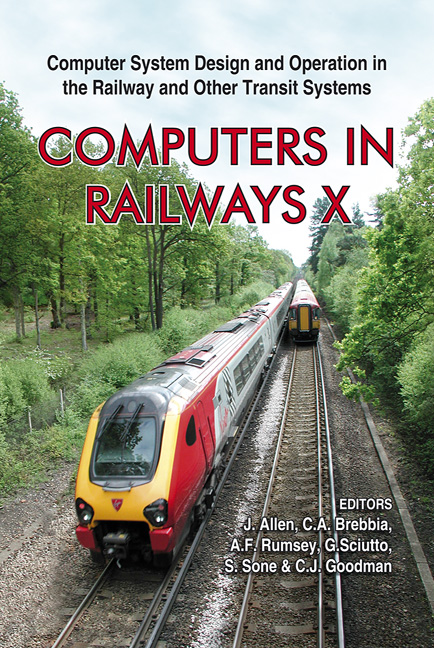How Is The Business Case Used By Stakeholders For Making Project Decisions With PFI/PPP Projects?
Price
Free (open access)
Transaction
Volume
88
Pages
10
Published
2006
Size
420 kb
Paper DOI
10.2495/CR060021
Copyright
WIT Press
Author(s)
M. J. Gannon
Abstract
In the United Kingdom (UK) Metro and Light Rail projects (new schemes, extensions and enhancements) are traditionally promoted by public sector sponsors within an extensive network of public and private sector stakeholders. This structure of public and private stakeholders has emerged since the structural and funding changes to the UK rail industry that occurred in the early 1990s; particularly the case with Public-Private-Partnership/Private Finance Initiative (PPP/PFI) rail projects. This complex stakeholder network includes: private sector infrastructure providers, train-operating companies; and public sector County Councils, Government departments and advisors and consultants from the private sector acting on their behalf. Each group of project sponsors needs to address a range of complex project decisions throughout the project’s development period. The business case provides decision makers with a tool to analyse and assess options to inform and justify the impact of these project decisions. Therefore the information contained within the business case is critical to facilitate successful project decision-making. Although literature provides a best practice for the business case form and an outline of expected project decisions, it provides minimal information regarding the nature of these decisions and how the business case and supporting information is used in addressing these decisions. Keywords: PFI/PPP projects, business case, decision making, rail projects.
Keywords
PFI/PPP projects, business case, decision making, rail projects.





